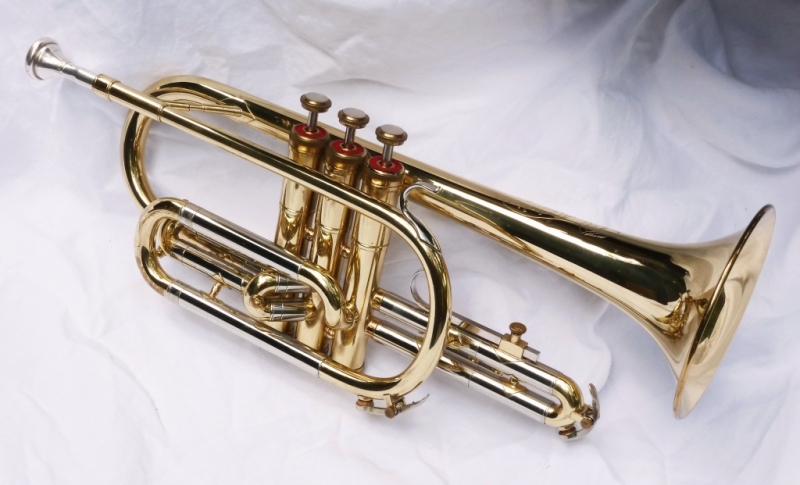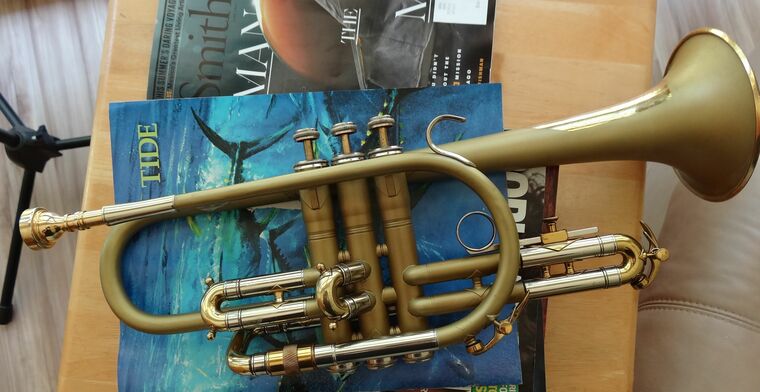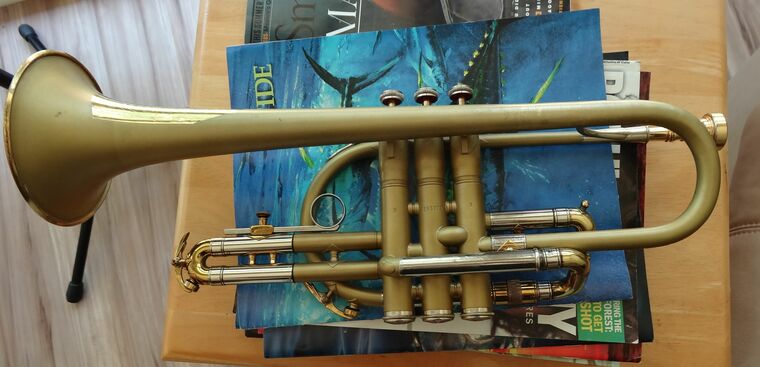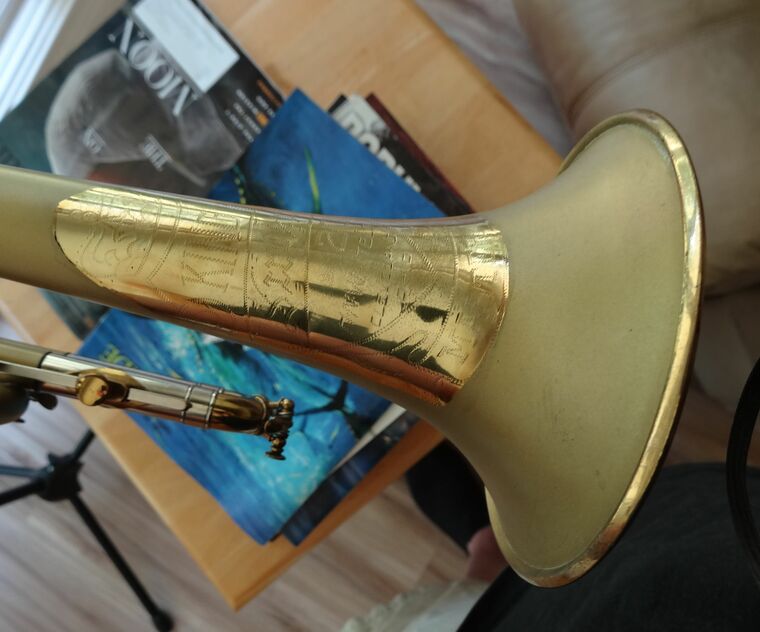Remember when butchers wore a blue and white striped apron?
-
Can you believe this dude?
-
“45 year old antique”!!! What the heck am I at 70?
On a more serious note, I’m going down to my local Ace Hardware and get me some Rustoleum and duct tape so I can restore my Mt. Vernon Bach to its original condition. As you know, “Ace is the place with the helpful hardware man.” -
@tjcombo said in Remember when butchers wore a blue and white striped apron?:
Can you believe this dude?

-
Holy crap - i’m Dying inside! My husband is just listening to this train wreck and laughing, while I freak out!!
-
@flugelgirl
This is one case where I would have preferred making it into a wall hanging. -
"There are no dumb ideas. But there certainly are dumb people who act on their ideas."
-
@Pinstriper said in Remember when butchers wore a blue and white striped apron?:
"There are no dumb ideas. But there certainly are dumb people who act on their ideas."
I could tell you a few hundred dumb ideas, but that would be a dumb idea, kinda.
-
What I can't understand is why he didn't use one of the most effective binders made . . duct tape.
-
I used to have one of those. I didn't think it was a very good cornet, but what that guy did was still blasphemy...

-
Yes, but this one won the copper medal!
-
Well, i have two opinions. It was his, and he did what he wanted with it. BUT, he started with a better horn than he ended up with. AND he could have bought one of those on GW site for $20....
-
In better shape;)
-
At least the guy took a horn that was in junk shape and worth about a quarter of what he paid for it as a parts horn and made it ...more or less... playable. Some of you may be aware that there are guys with professional talent that do something like what that guy is trying to do.
There is one guy on ebay that claims professional repair credentials that will take any horn, and for $239, do something that that video guy is somewhat trying to mimic . The professional calls it a "total satin refinish". Only the Professional..in part... explains his process as: "This is an offer to completely refinish your trumpet, cornet, or flugelhorn (ANY BRAND) in Satin Brass finish. The job includes the following: I do a complete ultrasonic clean (sound based wash) of the instrument - inside and out. This removes all the old build-up inside and cleans the outside. I remove any small dents. I strip the old lacquer and then hand polish the entire instrument for shine while maintaining the quality of the metal. I DO NOT BUFF and thin the tubing! That causes problems with sound, playing, and length of service. I then do a glass bead blast finish on the horn....."etc., etc.
I got one like the $239 job that I got because it was a King Super 20 cornet and I wanted it to go along with my King Super 20 trumpet. And the price was too good to pass up. The glass blast finish actually looks pretty good and is low maintenance.



-
Hard to believe buffing ( in moderation ) would "thin" the tubing. Seems to me the glass beads have a better chance of doing that....IMO
-
@BigDub Actually, buffing does remove material, while glass beading removes deposits without harming the surface. It provides a smooth, satin finish by compressing the surface evenly. Among other things, this process works well with softer or thinner materials, such as plastic and rubber, or, of course, softer metals, such as brass and copper. It's also versatile enough to be used in finishing stainless steel, and "soft" is not a term used to describe that material!
-
@BigDub I just had another thought. I wonder if glass beading would remove paint from canvas without harming the canvas.

-
@J-Jericho said in Remember when butchers wore a blue and white striped apron?:
@BigDub I just had another thought. I wonder if glass beading would remove paint from canvas without harming the canvas.!

I'll check. -
@J-Jericho said in Remember when butchers wore a blue and white striped apron?:
@BigDub Actually, buffing does remove material, while glass beading removes deposits without harming the surface. It provides a smooth, satin finish by compressing the surface evenly. Among other things, this process works well with softer or thinner materials, such as plastic and rubber, or, of course, softer metals, such as brass and copper. It's also versatile enough to be used in finishing stainless steel, and "soft" is not a term used to describe that material!
Given that some people argue that the finish - lacquer, plating or not - impact the sound, I'm wondering if bead blasting would alter the temper of the metal and therefore characteristics of an instrument way more than buffing? Brass work-hardens very easily.
-
@tjcombo I was wondering that myself. Shot-peening, regardless of the media used, has been used to surface-harden metal, so I would think the process could change the timbre of the instrument. Perhaps Dr. GO would care to comment, considering the finish on his Ambassador.
Here's what Wikipedia has to say, FWIW: https://en.wikipedia.org/wiki/Shot_peening
-
A common finish on old Conns was a "satin" effect, achieved by lightly sandblasting the major parts of the instrument and then silver plating it. They seem to play pretty well, but any later repairs or modifications to the instrument are hard to hide.